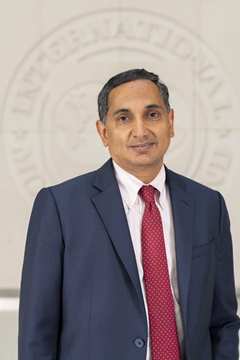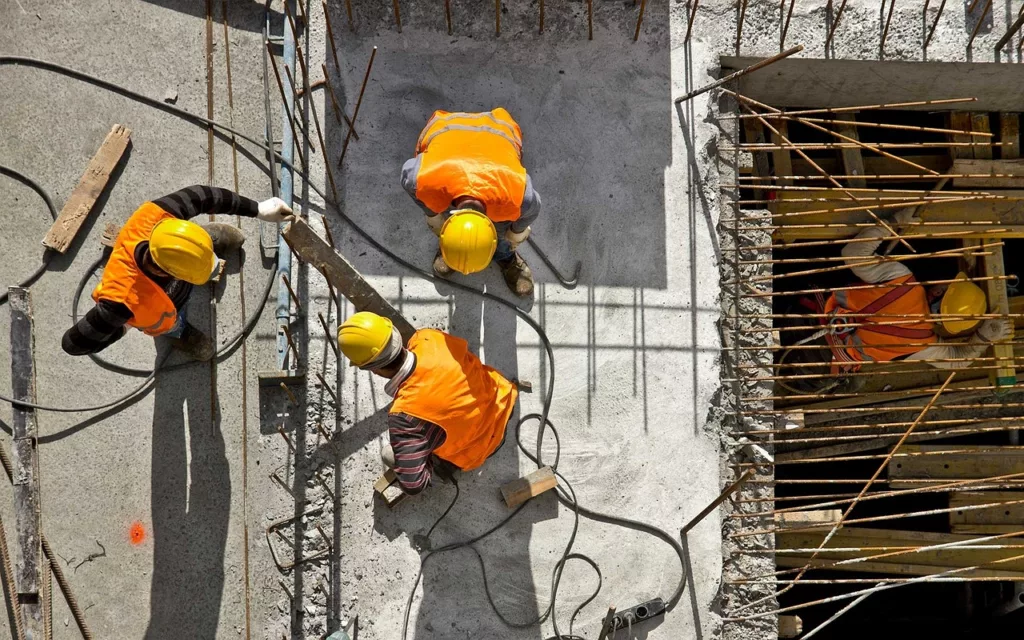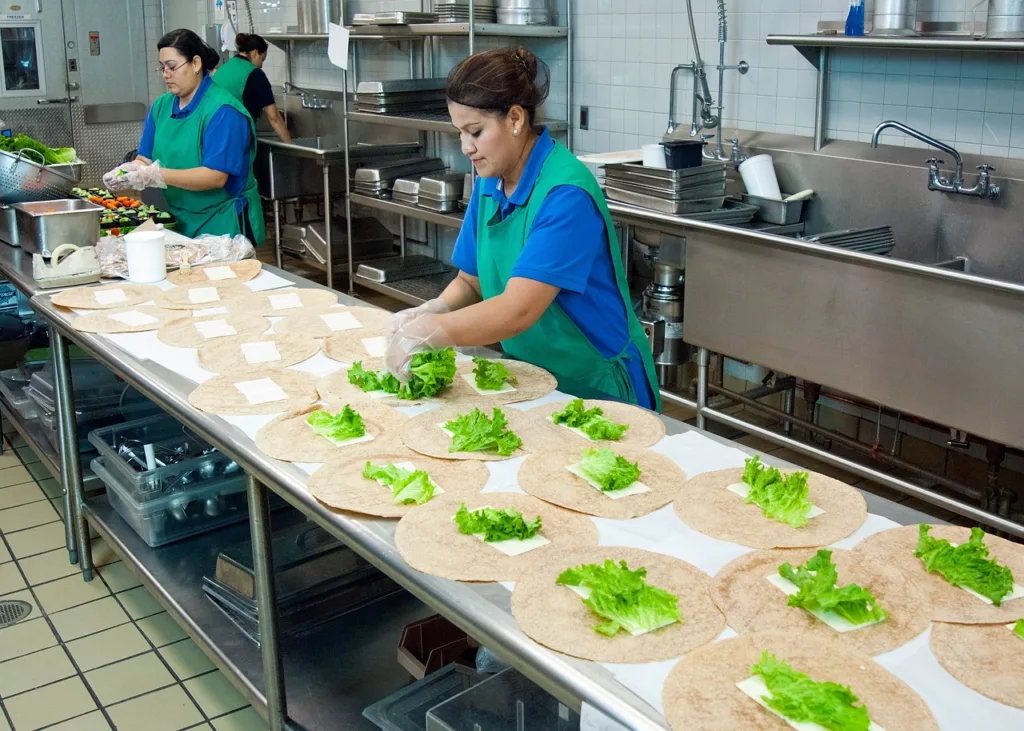
India, which recently had its general elections and retained the Narendra Modi-led government at the Centre, remains “the largest growing economy in the world”, a senior official from the International Monetary Fund (IMF) has said.
Krishna Srinivasan, Director for the IMF Asia-Pacific Department, told PTI in an interview on Tuesday, “India is said to remain the largest growing economy in the world. We project growth at 7 per cent in FY24-25, supported by recovery in rural consumption, as there have been favourable harvests. Inflation is expected to decline to 4.4 per cent in FY24-25, despite some volatility as food prices normalise.”
Monsoon rainfall and harvests are major factors in determining the trajectory of the Indian economy in any given financial year, as a good monsoon drives consumption.
For example, this year, the upcoming festival of Diwali, celebrated by the Indian diaspora around the world, is expected to see a total domestic spending of INR 1.8 trillion (USD 21.18 billion) by urban Indians alone. The size of the whole Diwali market in India is about 2.5 times that figure.

In terms of other fundamentals of the Indian economy, Srinivasan said, “Despite elections, the fiscal consolidation remains on track. Reserve position is pretty good. Macro fundamentals, generally speaking, for India are good.”
The IMF official suggested that the country’s reform priorities post-elections needed to be in three areas:
● “One is, there’s an issue about creating jobs in India and so on. In that context, I think implementing the labour codes, which were approved in 2019-2020, are important because they will allow the labour markets to be flexible while giving social protection to workers.”
● “The other thing is, if you want to be competitive, you also have to remove some of the trade restrictions you have right now. Because in India, what’s happening is, you know, when you liberalise trade, you allow the productive firms to survive. There’s greater competitiveness and that by itself can create jobs. I think it’s important that there’s more trade restrictions removed.”
● “And finally, I would say, continue with the reforms on beefing up the infrastructure, be it physical infrastructure or digital infrastructure, and this is a key achievement…. But going beyond that, I would say, you have to focus on agriculture and land reforms. You have to think in terms of strengthening education and skilling.”
Emphasising upon the need for investment in skilling of workforce, Srinivasan said, “In an economy which can generate a lot more jobs in the services sector, having the right kind of skills is important. So, investing in education, skilling the labour forces is very important.”

He added, “I would say… you still have a lot of red tape and so on. Improving the business environment will be an important aspect. These are some of the reforms which I think I would prioritise.”
Sharing some examples of red tape in India, he said, some investors felt that entering the Indian market, setting up an investment, getting a tract of land for big investments could be a problem. Even shutting down and wanting to exit could be a problem.
“These are just two examples [of red tape]. But I would say that the labour market [and] the labour codes are still a deterrent. These are the kind of reforms which you need to address going forward,” said Srinivasan.
Observing that the unemployment rate in India had declined to 4.9 per cent, the IMF official said that the labour force participation and the employment-to-population ratio had been increasing.
“From 56.4 per cent for the labour market participation, and employment-to-population [which] is about 53.7 per cent, those have gone up since the 1940s,” he said, adding that most of the improvement had been concentrated in the segment of self-employed workers.
Srinivasan flagged the recent move of workers in India “towards the low-productivity agriculture sector”, saying that the trend had emerged because “the kind of jobs which are being generated are not the best of jobs”.

The IMF official also expressed concern over the subdued female participation in the country’s labour force as well as the prevailing youth unemployment.
“There are various numbers out there, but we will all agree that labour force participation of women is on the lower side, and youth unemployment is quite high. So given that, there has to be emphasis on improving the environment for generating jobs,” he said.
—With inputs by CtoI News Desk


